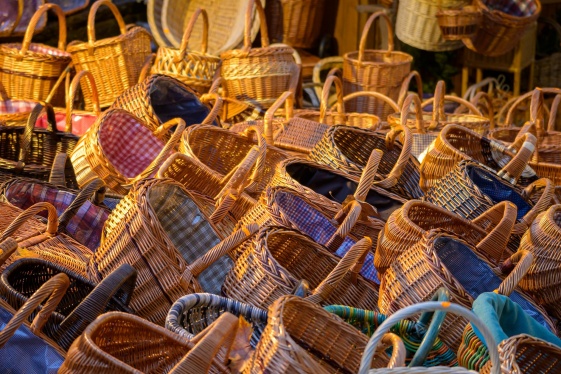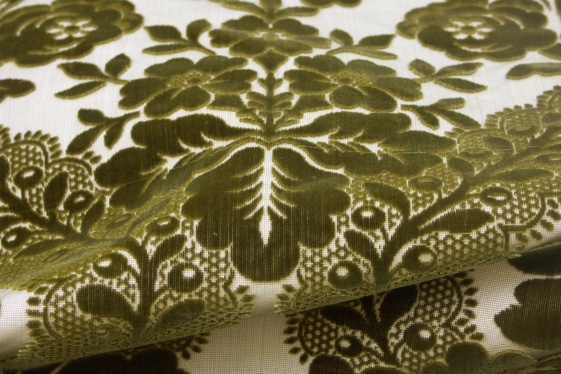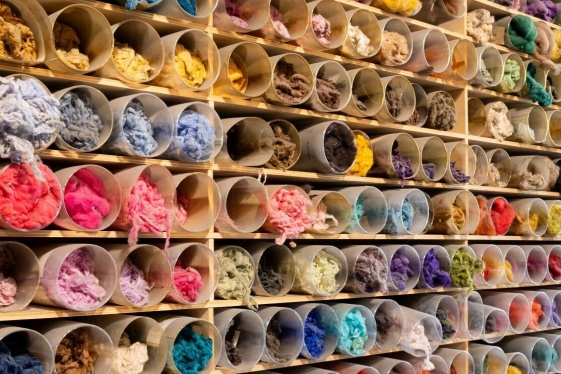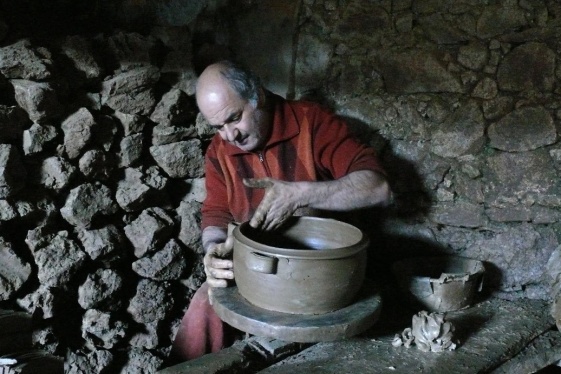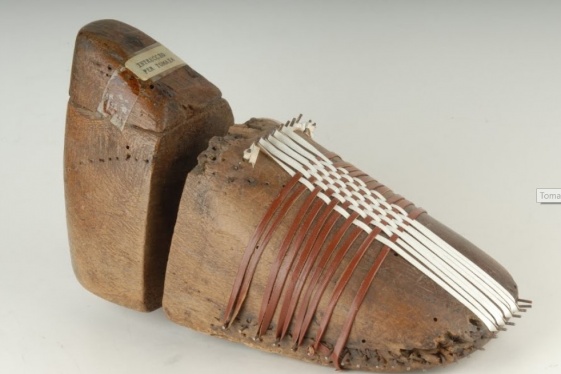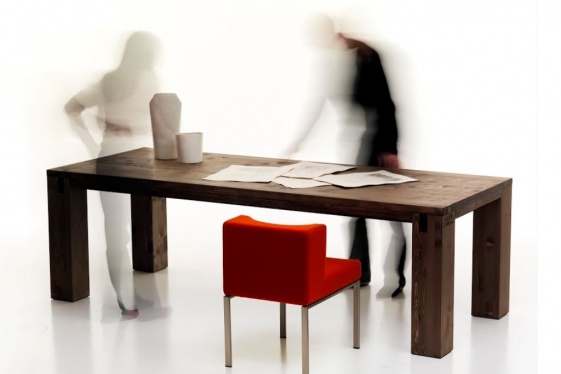Italian handcrafts: Traditional craftsmanship of Sicily, a cultural treasure
Sicily, the largest island in the Mediterranean, has a rich and diverse cultural heritage, and its traditional craftsmanship is a testament to this. The island’s history, shaped by centuries of diverse influences, from the ancient Greeks and Romans to the Arabs, Normans, and Spanish, has resulted in a vibrant tapestry of crafts that continue to thr...
READ MOREItalian handcrafts: Zoagli, the art of velvet weaving in the Ligurian riviera
Zoagli is a small village on the Ligurian Riviera of Levante, situated between Rapallo and Chiavari in the Gulf of Tigullio. It is appreciated for its cliffs overlooking the sea and its mule tracks, which offer particularly scenic routes. The village’s significance is tied to the history and tradition of its craftsmanship, which over the centuries...
READ MOREItalian handcrafts: The craft of woodworking in the Aosta Valley, a tradition of excellence
In the Aosta Valley, the art of woodworking has deep roots, dating back to the region's ancient traditions. The practice of working with wood here is not just a job—it's a vital part of the local heritage and identity. This craft, passed down through generations, plays a key role in maintaining the cultural and economic fabric of the valley. The re...
READ MOREItalian handcrafts: The Triumphal Float of Matera
Matera, city of the “Sassi” and rupestrian churches, has always been a cradle of traditional craft skills rooted in the distant past. The local inhabitants are accustomed to working in terracotta, tuff, wood and papier-mâché, initially as a pastime and then for trade, resulting in the production of excellent artefacts. The art of papier-mâché, in p...
READ MOREItalian handcrafts: The Textiles of Prato
Since the Middle Ages, fabrics and yarns have been the main products of the Prato area, thanks to the creativity of those who, over the years, have been able to renew a tradition that has never waned. Today, the industrial district of Prato is one of Europe’s largest and is a production model that has attracted the attention of the most eminent eco...
READ MOREItalian handcrafts: Gerocarne Ceramics
Located close to Soriano, Gerocarne is noted for the processing of clay for the production of fine domestic tableware. While production stopped in Soriano several decades ago, in Gerocarne the ceramics industry has continued from the sixteenth century to the present day. Despite the seismic events that have repeatedly destroyed the inhabited areas,...
READ MOREItalian handcrafts: Shoemaking in Fermo
The Fermo-Macerata Shoemaking District is based in Sant’Elpidio a Mare, in the heart of the Marche region, the home of famous brands that represent Italian style throughout the world. The district has its origins in the 15th century with the workshops of shoemakers that produced footwear for town markets. The municipal statutes and those of the tra...
READ MOREItalian handcrafts: The Stonemasonry of Oratino
Stonecraft in Molise has ancient roots. It is thought that stone structures and objects were made initially to ensure people’s safety and survival. Entire districts built of stone can be found in some towns in the region, and beautiful examples of architectural and decorative features, such as capitals and statues, are not hard to find. At one time...
READ MOREItalian handcrafts: Macerata Textiles
A technique characteristic of the Marche region, “liccetti” weaving required a traditional loom arranged according to the ancient textile-making process that, in the thirteenth and fourteenth centuries, made it possible to create stylised, patterned borders on fabric. The existence of this procedure in Italian textiles is widely documented in the p...
READ MOREItalian handcrafts: The Furniture of the Brianza District
The development of furniture in Lissone has roots that go back a long way: at the beginning of the twentieth century, the industries relating to wood, plywood, veneer, mirrors and accessories made with metal, marble, fabric or paint all flourished, while the carpenters of Brianza travelled around Africa and South America looking for high-quality lo...
READ MORE


